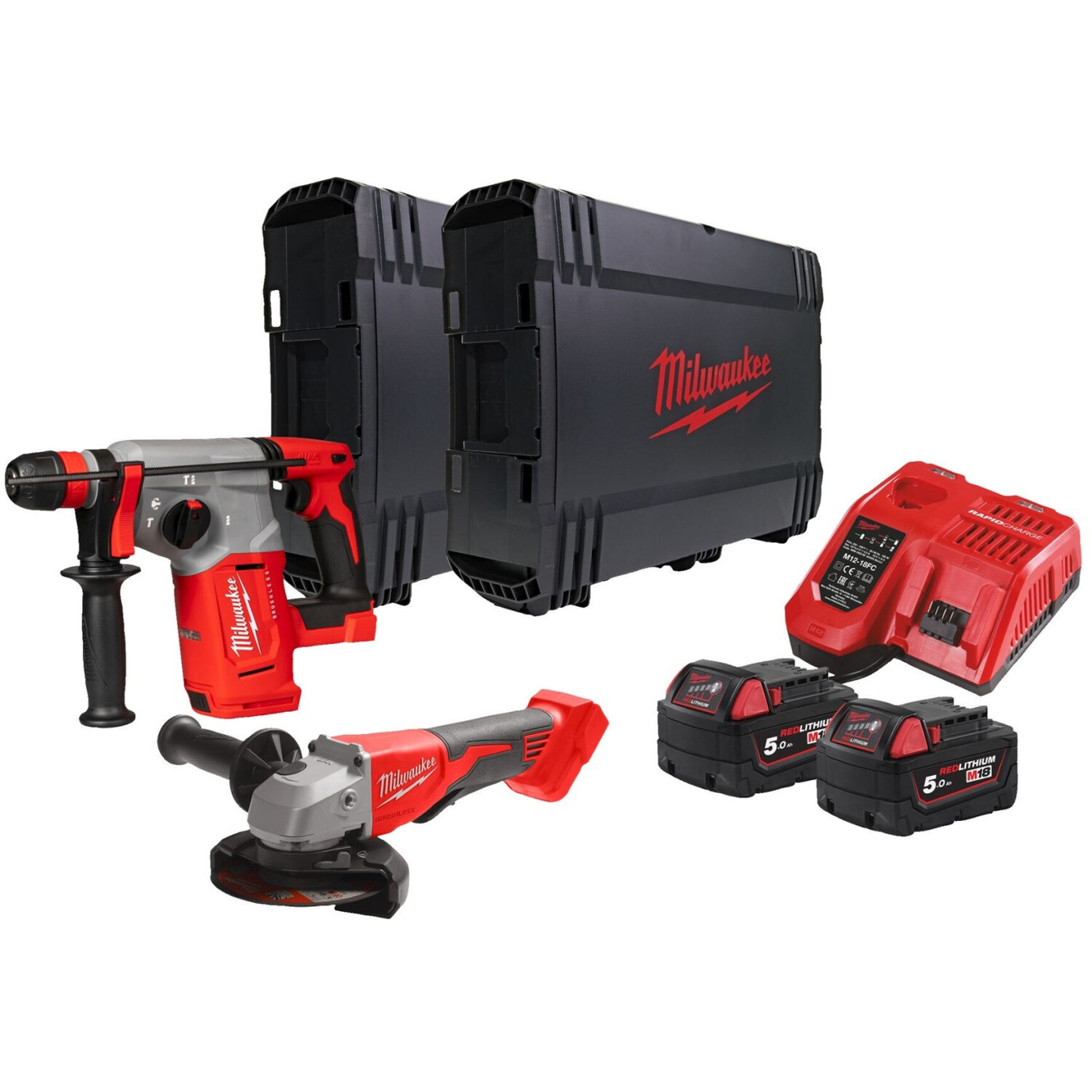Exploring the Wall Chaser for Concrete Work: A Comprehensive Guide
Working with concrete requires accuracy and the right tools to guarantee safety and precision. One such vital tool that is acquiring popularity among specialists and DIY lovers alike is the wall chaser. This effective device is specifically developed to cut narrow grooves into walls, allowing the setup of electrical conduits, plumbing, or cable electrical wiring. This article digs into the ins and outs of wall chasers for concrete, highlighting their functions, benefits, how to utilize them efficiently, and answers to frequently asked questions.
What is a Wall Chaser?
A wall chaser, also understood as a wall groove cutting machine, is a specialized tool that develops neat, exact cavities in walls. It employs 2 parallel diamond blades to cut a groove into various materials, including concrete, brick, and masonry. Built to handle difficult products, the wall chaser is an indispensable resource for constructors wanting to attain professional finishes in wall modification tasks.
Key Features of a Wall Chaser
| Function | Description |
|---|---|
| Blades | Usually includes 2 parallel diamond blades. |
| Motor Power | Varies from 1200W to 2200W, providing ample strength. |
| Cutting Depth | Adjustable cutting depth, typically as much as 30mm. |
| Weight | Light-weight models (5kg) and durable designs (10kg). |
| Dust Extraction | Built-in vacuum adapter for minimal dust during cutting. |
| Security Features | Guard to avoid particles from triggering damage. |
Advantages of Using a Wall Chaser
- Accuracy Cuts: Unlike traditional tools, wall chasers guarantee tidy, narrow grooves that minimize the amount of material requiring elimination.
- Flexibility: Suitable for different products, making it an outstanding choice for concrete, brick, and block walls.
- Time-Efficiency: Reduces labor time substantially compared to manual chiselling.
- Minimized Dust: Many designs come equipped with dust extraction, lessening mess and enhancing air quality.
- User-Friendly: Designed with ergonomics in mind, making it simpler to work for prolonged periods without substantial fatigue.
How to Use a Wall Chaser Effectively
Utilizing a wall chaser may appear simple, but following a systematic approach boosts security and effectiveness. Here's a detailed guide:
Step 1: Preparation
- Procedure and Mark: Use a measuring tape to determine the exact area for the groove. Mark the outlines with a pencil.
- Gather Tools: Ensure that you have the wall chaser, safety goggles, dust mask, and hearing protection.
Step 2: Set Up the Wall Chaser
- Change Depth: Determine the needed cutting depth and adjust the blade settings on the tool.
- Examine Blades: Ensure the diamond blades are sharp and appropriately lined up.
Action 3: Safety First
- Use Protective Gear: Always use safety goggles and a dust mask to secure against inhalation of dust particles or flying debris.
Step 4: Cutting the Groove
- Position the Chaser: Align the wall chaser with the significant line.
- Start With Light Pressure: Turn on the machine and begin cutting the groove, using light pressure to let the tool do the work.
- Follow the Mark: Maintain a steady hand and follow the marked lines to guarantee precision.
- Dust Management: If your model accommodates a vacuum attachment, ensure it's functional to gather dust as you cut.
Step 5: Final Touches
- Clean the Area: Once the cutting is done, tidy up debris and dust from the workspace.
- Inspect the Groove: Ensure the grooves are the appropriate depth and width for your specific job needs.
Typical Applications of Wall Chasers
- Electrical wiring Installations: Perfect for embedding electrical wires into walls without impacting structural integrity.
- Plumbing Work: Ideal for creating channels for pipes in concrete walls.
- Cooling And Heating Systems: Facilitates the installation of duct systems that need accurate grooves.
- Renovations and Remodeling: Simplifies the procedure of modifying existing structures.
Upkeep Tips for Wall Chasers
- Regular Cleaning: Clean the blades and machine to safeguard versus dust build-up.
- Examine Blade Condition: Inspect for wear and tear, replacing blades as needed.
- Store Properly: Keep in a dry location to avoid rusting or damage to electronic components.
FAQs About Wall Chasers
Q1: Can I use a wall chaser on brick walls?
Yes, wall chasers can be used on brick walls due to their flexible design and powerful blades.
Q2: How deep can a wall chaser cut?
The majority of wall chasers can cut up to 30mm deep, but this differs by model. Constantly refer to Elektrohobel Test .
Q3: Are wall chasers suitable for DIY projects?
Definitely! While they are frequently utilized by professionals, DIY lovers can utilize wall chasers with suitable safety precautions.
Q4: Do I need a dust extraction system when utilizing a wall chaser?
While not necessary, using a dust extraction system can considerably reduce dust and enhance visibility during cutting.
Q5: How do I know if the blades need replacing?
If the cuts end up being rough, or if the blades appear used or harmed, it's time to change them.
The wall chaser for concrete work is an essential tool that improves performance and promotes accuracy in wall modifications. By understanding its functions, advantages, and proper use, both specialists and DIYers can raise their concrete working abilities. Whether you're electrical wiring, plumbing, or refurbishing, buying a wall chaser can conserve time and effort while making sure a refined surface.

